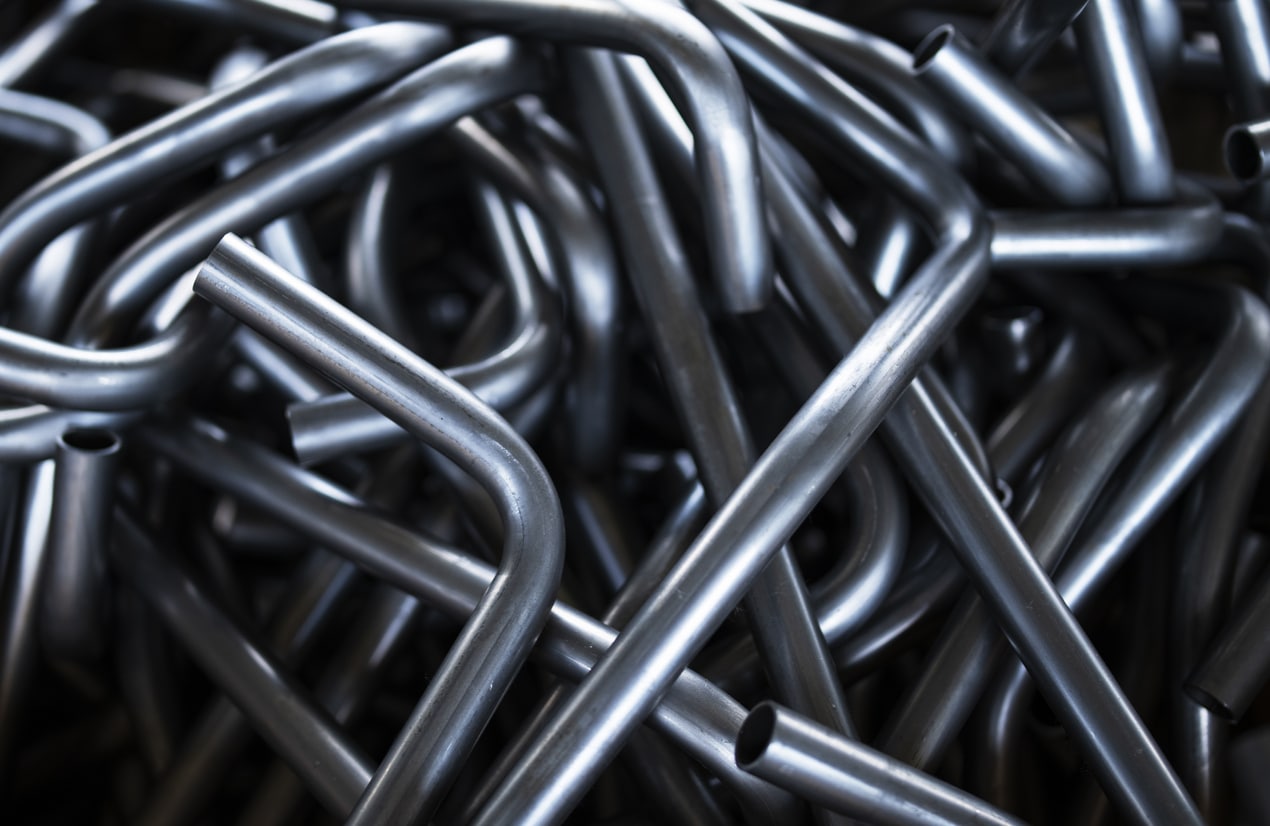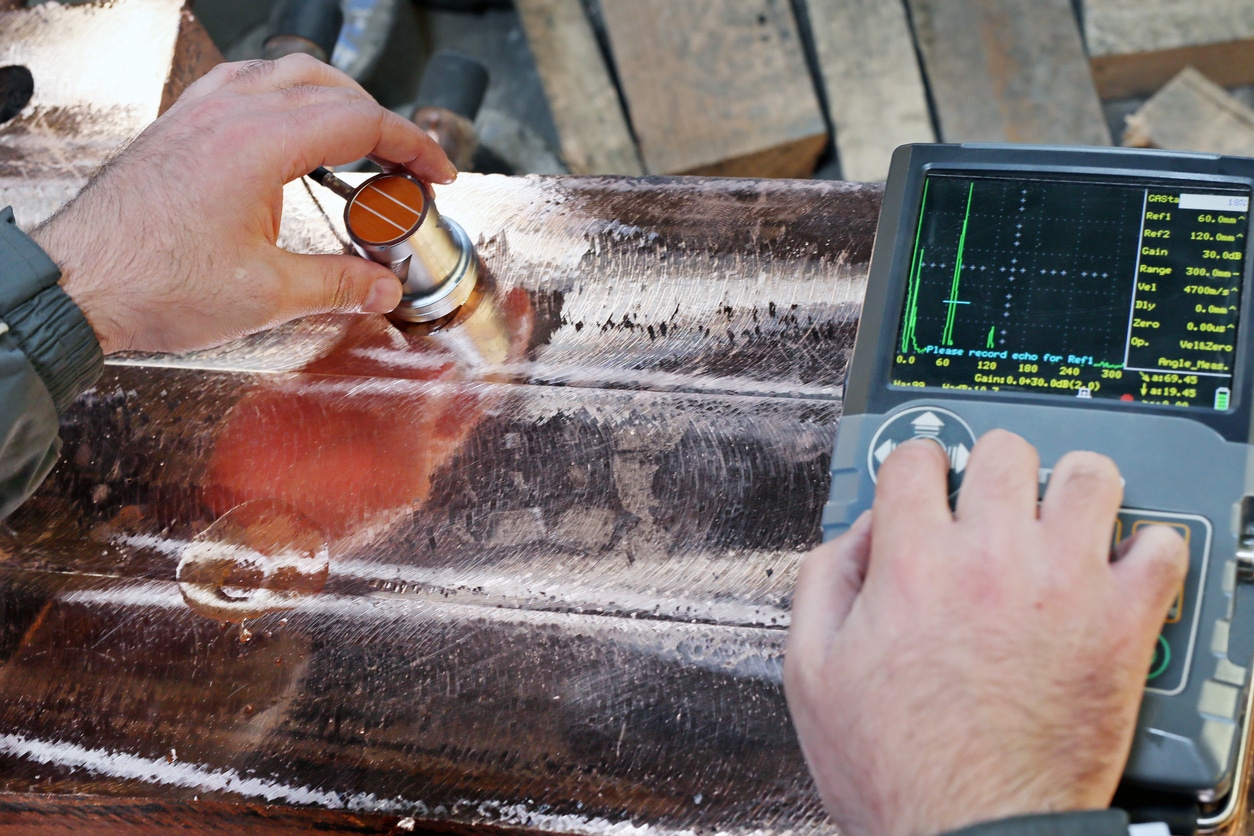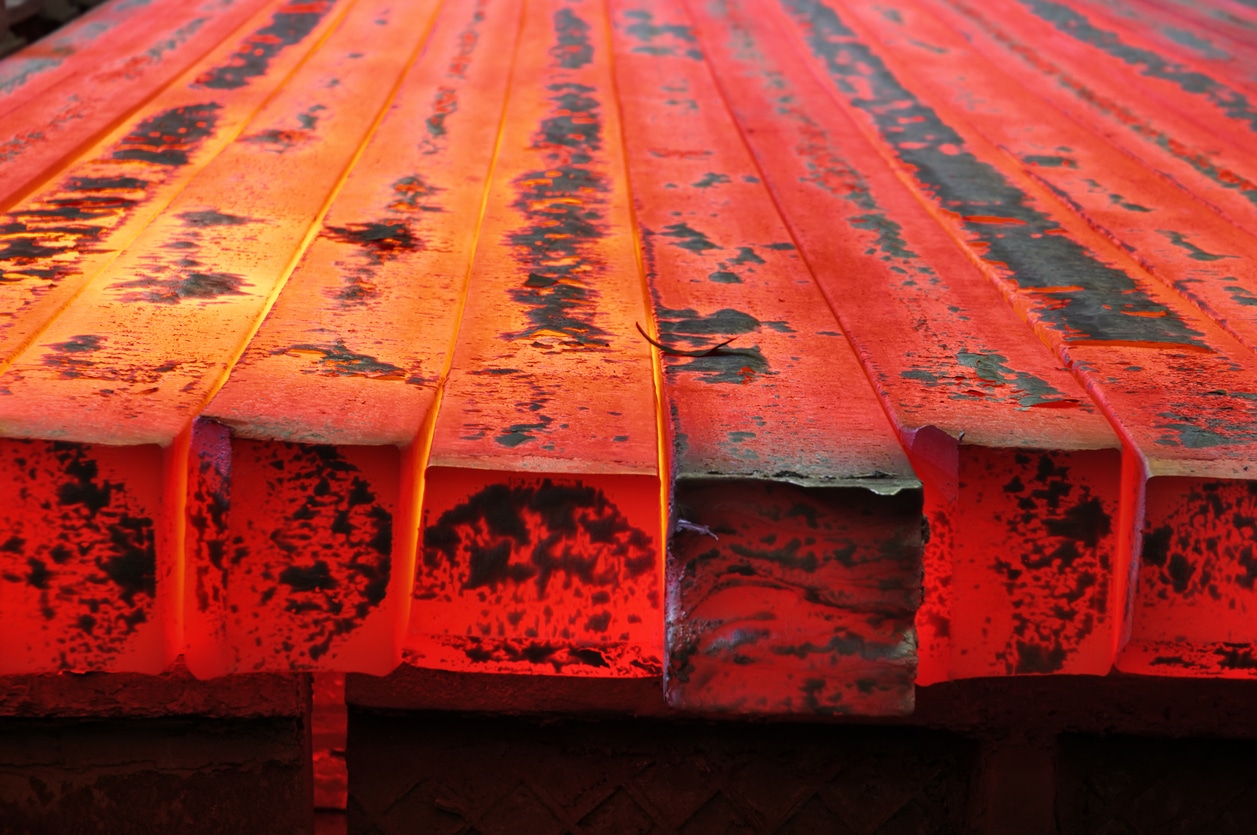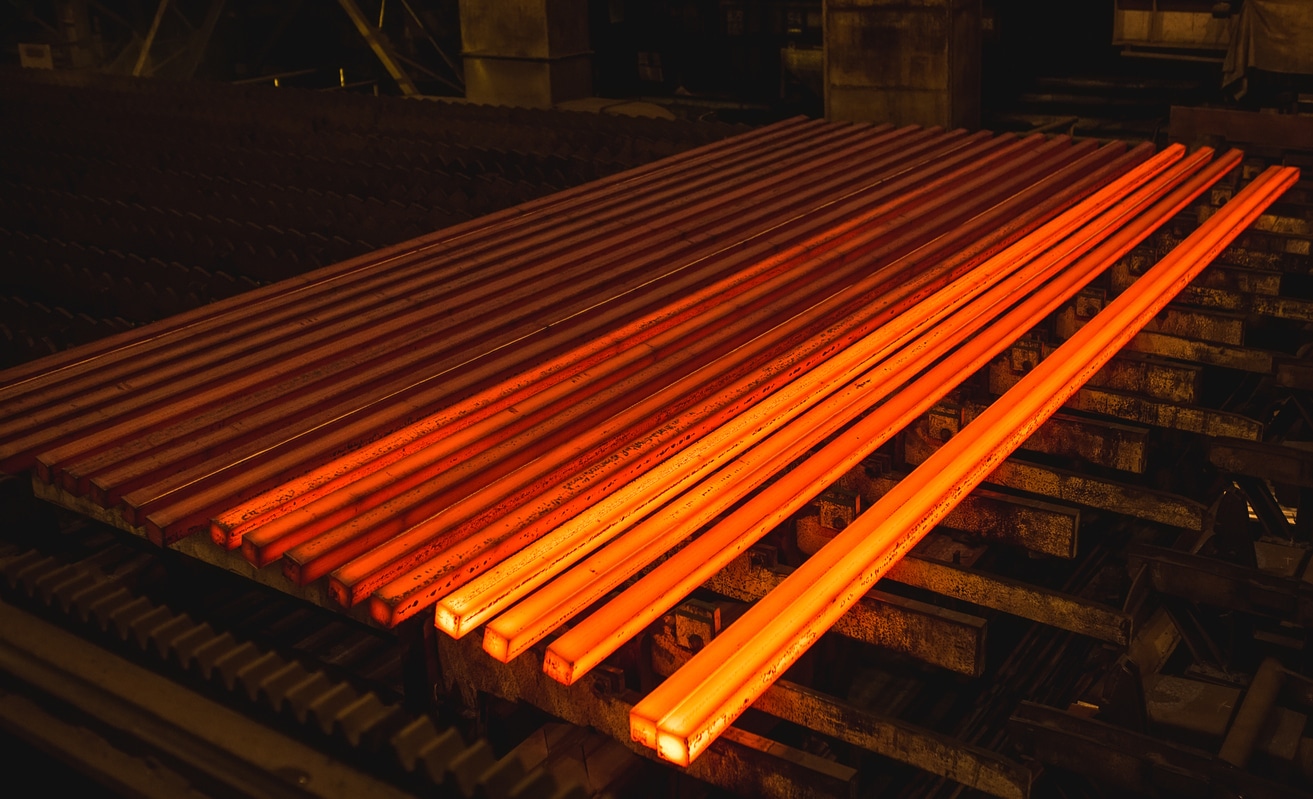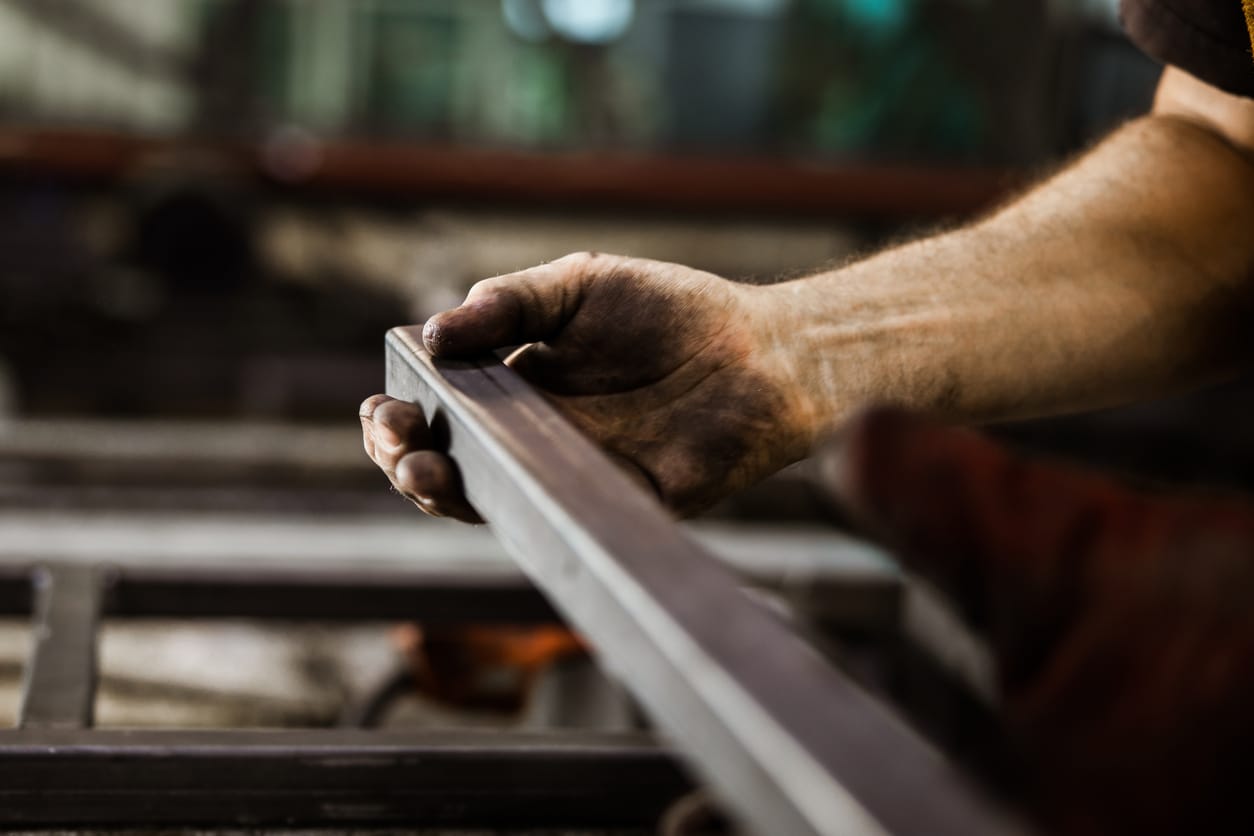Annealing
Annealing Services in Dallas-Fort Worth, Texas
When it comes to enhancing the ductility and reducing the hardness of metal components, annealing is an essential process. Southwest Metal Treating, based in the dynamic Dallas-Fort Worth, TX area, offers specialized annealing services backed by over 30 years of experience. Utilizing the latest furnace equipment technology, we deliver superior heat treatment solutions to a diverse range of industries, including machine shops, oil & gas operations, aerospace, cutlery & handtool manufacturing, turbine manufacturing, stamping companies, and forging companies. Our commitment to precision and attention to detail ensures that every component we treat meets the highest standards of quality and performance.


What is Annealing Metal?
Annealing is a heat treatment process used to alter the physical and sometimes chemical properties of metal. The process involves heating the metal to a specific temperature where its internal structure is modified, followed by controlled cooling. This helps relieve internal stresses, increase ductility, and improve the metal's workability.
During annealing, the metal is heated to a temperature that is high enough to allow the atoms in the material to rearrange, but not so high that the material melts. After reaching the desired temperature, the metal is slowly cooled, often in a furnace or air, to ensure uniformity and prevent unwanted stresses.
Annealing Steel
Steel annealing is a heat treatment process designed to improve the properties of steel, enhancing its workability and overall performance. The process involves heating the steel to a specific temperature, typically between 1,100°F and 1,600°F, depending on the type of steel, and then cooling it slowly in a controlled environment. This controlled heating and cooling cycle allows the steel’s internal structure to change, reducing hardness and increasing ductility.
Steel annealing is especially important for high-carbon steels, which can be quite hard and brittle after processing. The annealing process softens these materials, allowing them to be further manipulated or formed into the desired shape without sacrificing their structural integrity.
Recrystallization
Recrystallization during the annealing process involves heating a deformed metal to a specific temperature, allowing new grains to form without previous work-induced dislocations. This restores the metal’s original ductility and softness while maintaining its new shape. The process reduces hardness and increases the metal’s ability to endure further deformation, making it ideal for subsequent manufacturing operations. Recrystallization is crucial in refining the internal structure and enhancing the mechanical properties of metals.
Sub-critical Annealing / Intercritical Annealing
Sub-critical or intercritical annealing involves heating steel to a temperature below its critical point. This process helps soften the material, relieving internal stresses and enhancing its machinability without altering its structure significantly. It is especially effective for low-carbon steel, improving ductility and reducing brittleness. By operating in this temperature range, the mechanical properties of the steel are optimized, making it well-suited for applications requiring balanced strength and flexibility. This treatment ensures the steel's performance while preparing it for further manufacturing processes.
Soft Annealing
Soft annealing is a heat treatment process used primarily for ferrous metals to improve their machinability. It involves heating the metal to a specific temperature below its critical point, followed by a controlled cooling process. This treatment reduces hardness, enhances ductility, and refines the grain structure, making the metal easier to work with for subsequent manufacturing operations. It is particularly useful for preparing metals for processes requiring high precision and reduced tool wear.
Annealing Process Details
- Material Evaluation: We begin with a thorough assessment of the metal to determine the optimal annealing cycle needed for achieving desired material properties.
- Controlled Heating: Using advanced furnaces, the metal is heated to a specific temperature where its structure can be altered to relieve internal stresses.
- Gradual Cooling: The metal is then cooled at a controlled rate, allowing the microstructure to reform and enhancing its ductility and workability.
Benefits of Annealing Metals
-
Improved Ductility: Annealing softens the metal, making it more ductile and easier to shape or form. This increased flexibility is particularly valuable when working with metals that are typically hard or brittle.
-
Reduced Brittleness: The process relieves internal stresses in the metal, reducing the risk of cracks and fractures. This makes the metal more resistant to breaking under stress or impact.
-
Enhanced Machinability: By making the metal softer and more uniform in structure, annealing makes it easier to machine, cut, or drill. This is especially beneficial for metals like steel that are difficult to work with in their hardened state.
-
Refined Grain Structure: Annealing helps refine the grain structure of the metal, improving its overall strength and toughness. This leads to more consistent material properties throughout the metal.
-
Increased Toughness: With reduced internal stresses and an improved grain structure, annealed metals exhibit greater resistance to impact and wear. This enhances their durability and performance in demanding applications.
-
Better Formability: Annealed metals are easier to form and bend without cracking or fracturing, making the process more efficient and reliable in industries that require complex shaping and fabrication.
-
Stress Relief: By eliminating internal stresses from previous processes such as cold working or welding, annealing ensures the metal remains stable and free from distortions during further processing.
-
Consistency and Uniformity: The annealing process ensures that the metal has uniform properties across its entire structure, leading to more reliable and predictable performance in various applications
Why Work with Southwest Metal Treating
At Southwest Metal Treating, we pride ourselves on our ability to combine cutting-edge technology with unparalleled expertise. Our team is dedicated to delivering heat treatment solutions that are precisely tailored to the needs of each industry we serve. By leveraging our extensive experience, we provide annealing services that not only meet but exceed the expectations of our clients, ensuring their components perform reliably under demanding conditions.
Related Industries
Annealing is crucial in various industries to enhance the properties of metals. The automotive industry uses annealing to improve the ductility and durability of components like engine parts and frames. In the aerospace sector, this process is vital for manufacturing lightweight and resilient structural components. The construction industry benefits from annealing by producing steel that is easier to weld and form. Additionally, the electronics industry utilizes annealing to refine metal conductors, ensuring optimal performance in devices and circuits. Overall, annealing plays a significant role in advancing the efficiency and quality of manufacturing processes across multiple sectors.
Request a Quote Today
Transform your metal components with our expert annealing services. Request a quote from Southwest Metal Treating today and discover how our precision-driven approach can enhance the quality and performance of your products. Our team is ready to assist you with tailored solutions that fit your specific requirements. Reach out now to experience the highest level of service and expertise in the industry.



